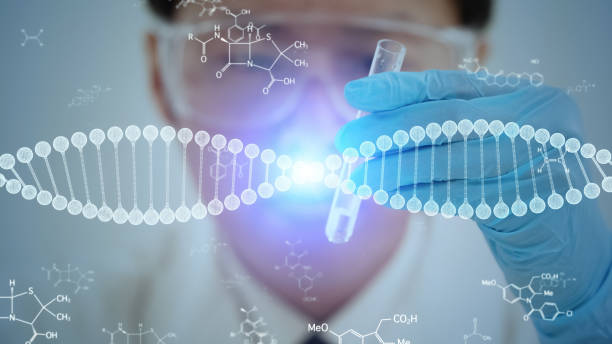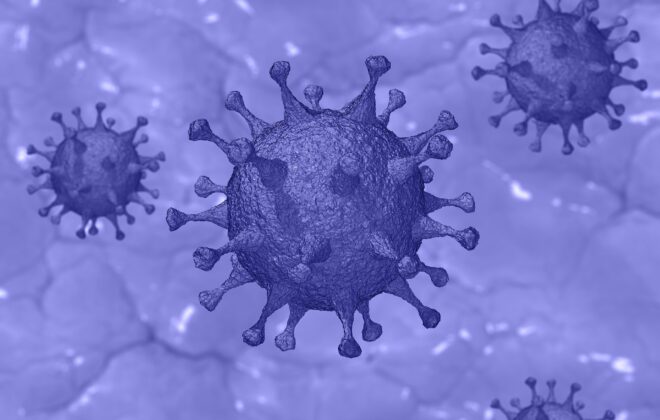Researchers design an innovative strategy to fight obesity through gene therapy
A scientific team from the University of Barcelona and the CIBERobn has designed a strategy to fight obesity and diabetes in mice through ex vivo gene therapy which consists of implanting cells that have been manipulated and transformed in order to treat a disease. This is the first study to apply the ex vivo gene therapy technique to generate and implant cells that express the CPT1AM protein, an enzyme that plays a decisive role in many metabolic diseases such as obesity.
The study, published in the journal Metabolic Engineering, is led by Professor Laura Herrero, from the Faculty of Pharmacy and Food Sciences and the Institute of Biomedicine of the University of Barcelona (IBUB), and from the Physiopathology of Obesity and Nutrition Networking Biomedical Research Centre (CIBERobn).
Cell therapy describes the process of introducing new cells into a tissue in order to fight a disease. Cell therapies are currently focused on addressing hereditary diseases —with and without the help of gene therapy— or degenerative diseases.
“In this new therapy, animal models have been implanted subcutaneously stem cells derived from adipose tissue, differentiated into adipocytes, so that they can express an active form of the CPT1AM protein, an enzyme located in the mitochondria that is key in lipid oxidation and is related to metabolic diseases”, says Laura Herrero, a member of the UB Department of Biochemistry and Physiology.
“As a result, in obese mice, it has been possible to reduce weight, fatty liver (hepatic steatosis), cholesterol and glucose levels. In conclusion, the implantation of adipocytes expressing the mitochondrial enzyme CPT1AM helps to reduce obesity and glucose intolerance in mice”.
As the cell transformation process takes place outside the body of the organism, this type of therapy is much easier to carry out and allows for greater control of the altered cells.
Obesity and cell therapy
Obesity and associated metabolic disorders represent a worldwide health and social problem, which is why new therapeutic approaches are urgently needed. Adipose tissue plays a key role in regulating energy balance, and adipose-derived mesenchymal stem cells —cells with the ability for self-renewal— have gained interest in cell therapy.
“Specifically, carnitine palmitoyltransferase 1A (CPT1A) is the enzyme that controls mitochondrial fatty acid oxidation. Our aim was to generate adipocytes that could express a constitutively active form of CPT1A —CPT1AM— capable of burning excess fat and improving the obese metabolic phenotype of mice after implantation”.
The results of the new study support the future clinical use of this ex vivo gene therapy approach as a new strategy to reduce obesity and cholesterol rates in the population.
This preclinical study could open the doors to future therapeutic strategies to address the treatment of obesity, which today represents a global health problem.
“To approximate the therapy in humans, we need to optimize several processes such as the quality and viability of stem cells from adipose tissue isolated from people with obesity, the percentage of infection with lentivirus, and the number of cells used for transplantation”, concludes researcher Laura Herrero.
———————————————————————
Full bibliographic information
Published on 30/05/2023 by Universidad de Barcelona
Reference article: Soler-Vázquez, M. C.; Romero, M.; Todorcevic, M.; Delgado, K.; Calatayud, C.; Benítez-Amaro, A.; La Chica Lhoëst, M.T.; Mera, P.; Zagmutt, S.; Bastías-Pérez, M.; Ibeas, K.; Casals, N.; Escolà-Gil, J.C.; Llorente-Cortés, V.; Consiglio, A.; Serra, D.; Herrero, L.
About: “Implantation of CPT1AM-expressing adipocytes reduces obesity and glucose intolerance in mice”. Metabolic Engineering, April 2023.
DOI: doi.org/10.1016/j.ymben.2023.04.010
https://www.sciencedirect.com/science/article/pii/S1096717623000630?via%3Dihub





